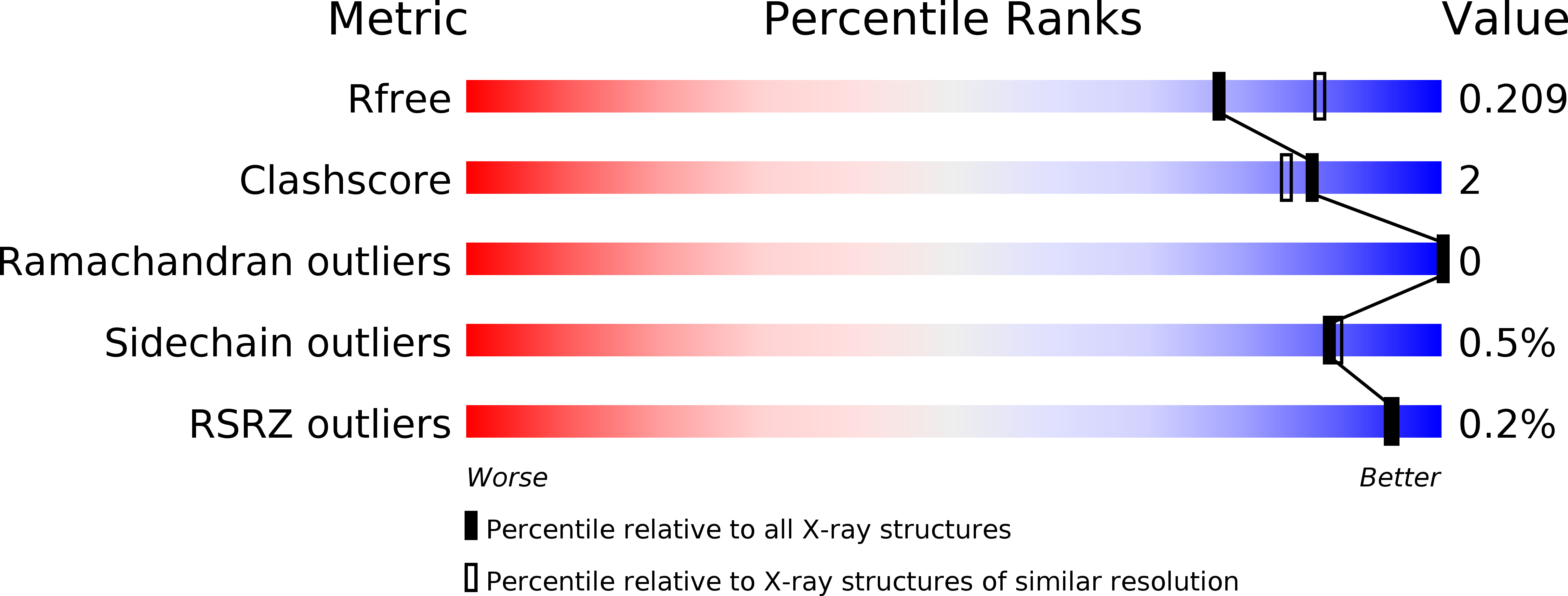
Deposition Date
2017-08-21
Release Date
2018-07-11
Last Version Date
2024-03-27
Entry Detail
PDB ID:
5Y8M
Keywords:
Title:
Mycobacterium tuberculosis 3-Hydroxyisobutyrate dehydrogenase (MtHIBADH) + NAD + (R)-3-hydroxyisobutyrate (R-HIBA)
Biological Source:
Source Organism:
Host Organism:
Method Details:
Experimental Method:
Resolution:
2.04 Å
R-Value Free:
0.19
R-Value Work:
0.15
R-Value Observed:
0.15
Space Group:
P 65


